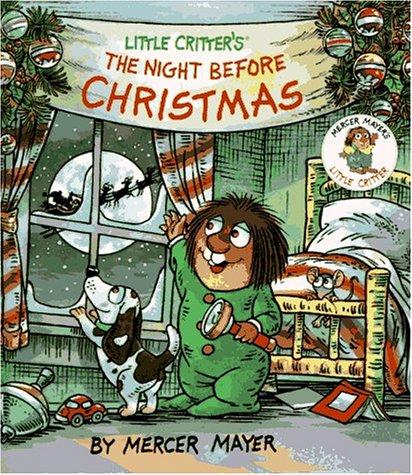Sendak, Maurice. Bumble-Ardy. New York: HarperCollins, 2011.
Maurice Sendak's new book Bumble-ardy is the story of a pig celebrating his first birthday party, which is his ninth birthday. The backstory, which is told in preface, is that Bumble-ardy's family "frowned on fun", which explains his lack of birthdays hitherto, and his parents were recently killed. Although his parents were butchered, the fact that humans would have been the ones to murder them isn't emphasized. And so, all readers of the book are immediately set up as the antagonists to this world.
The story begins with Bumble-ardy moving in with his aunt and his decision, against her wishes and knowledge, to throw himself a birthday party. A masquerade party. The party lasts most of the book as the animals, dressed as humans, drink "brine", dance, and celebrate the life of Bumble-ardy--and, as such, life itself. But it's a strange dance to celebrate an equally strange life. Without surprise, as it is with any celebration of life comes life's comrade-in-the-wings: death.
When any talk of controversy or irritability about Bumble-ardy rears, it's typically in regards to the presence of death (although, a cursory glance at the GoodReads page for the book suggests that adult readers are equally irritable due to Bumble-ardy not being Where The Wild Things Are).
However, death is not a focus of the story, is never central to any page, stands in the background, and only becomes apparent on subsequent reads. Perhaps it is death's representation as natural and part of the scene that causes some readers to focus and dwell on it, and in dwelling, become concerned that their children are dwelling in the same ways. Perhaps if readers view death as unnatural and something to be feared, heckled, ignored, repressed, and otherwise stricken from reality, then Bumble-ardy works as a counter to those notions.












